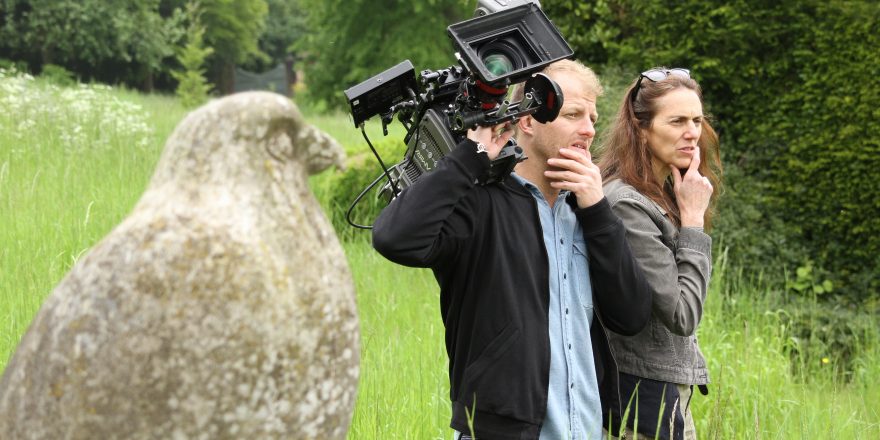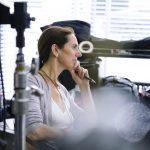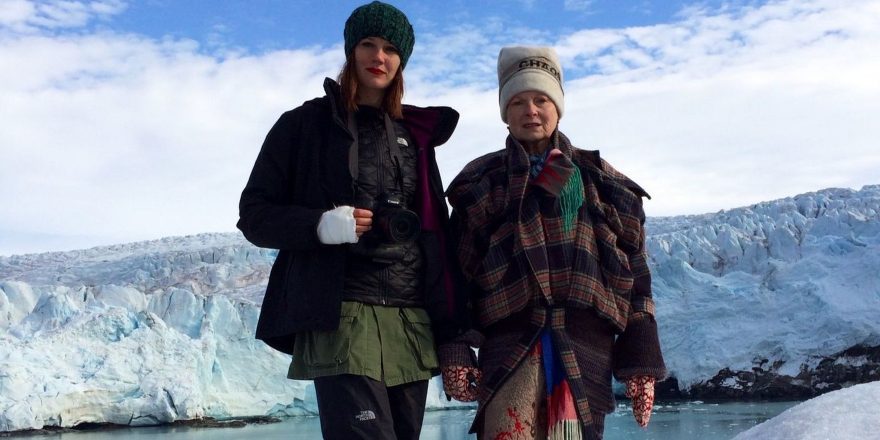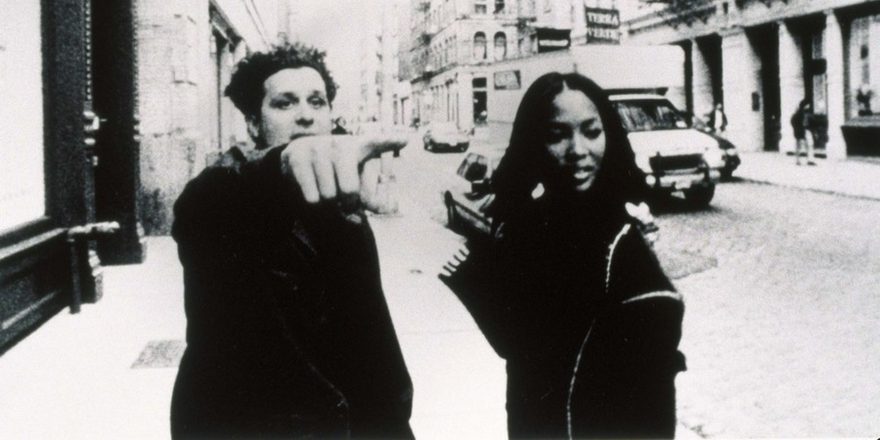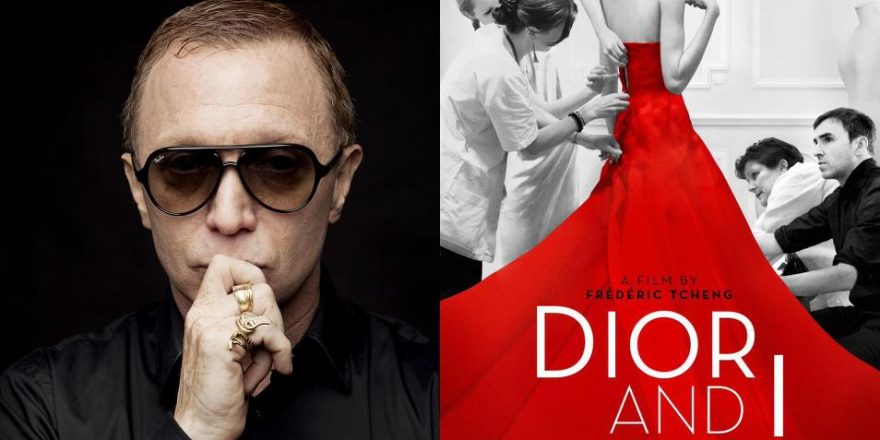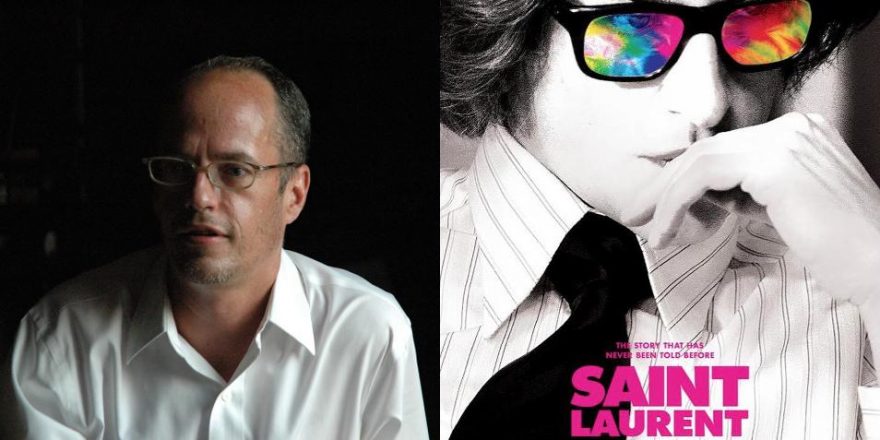Over the past few years, there have been several times when I have suddenly stopped and asked myself how I got where I am today. When was it that filmmaking took hold of my life, and how did it become so intrinsic to my being? I was living in Paris in 2010 when I started working on a book on Mrs. Vreeland called Diana Vreeland: The Eye Has to Travel. Suddenly I found myself filming interviews and researching all over the world. There was a moment when I realized that I had remarkable footage and that a film could be made. I forged ahead, self-financing it and slowly started to form a strong and talented team around me. I was in a world that I was not familiar with, yet not once did I feel that I should not continue.
Diana Vreeland is to blame for this. While I was working on the project, Mrs. Vreeland influenced me in a way that I was not aware of. She is known for un-ending style, love of life, inspirational words and, most importantly, fantasy. She also had the extraordinary capacity to urge the people around her to improve and discover qualities they did not know they had. She did just that to me: I suddenly found myself in uncharted territory, not only writing a book but also making a documentary feature about her. During my many interviews for the film, I remember the interview subjects telling me that she had had the same effect on them. In my case, she did it posthumously.
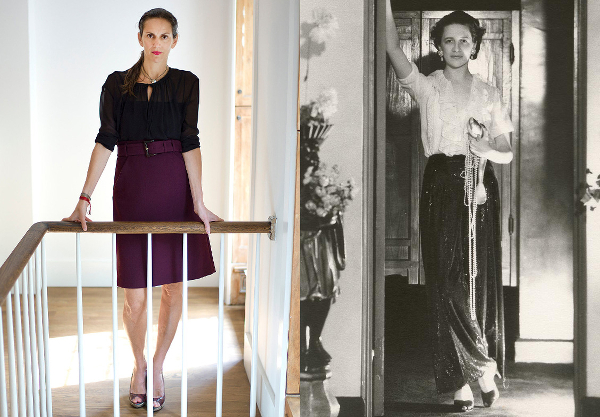
At the age of eight I had stated with great confidence that I was going to be an anthropologist, I said and felt it with such determination. In college I ended up studying art history and promptly fell into fashion after I left school. I have always loved to work, and I spent many years flitting between different jobs and projects following my latest and greatest passions, it made me happy, yet nothing took a firm hold. I was in my late forties when I started to work on the Vreeland project. As I immersed myself in her story, Mrs. Vreeland’s enthusiasm and passion for life started to influence me; she pushed me into unexpected and exciting spaces, and into a new life.
Mrs. Vreeland was a natural choice for my first film; I am married to her grandson Alexander, and after having heard so much about her, I felt the need to discover more about her myself. I also had a profound connection with my other characters. I had an affinity for Peggy Guggenheim and a memory of visiting her palazzo in Venice, Venier de Leoni, as a young child. Peggy Guggenheim: Art Addict seemed to come naturally to me. My new film is Love, Cecil, and Cecil Beaton is another person who incited memories of my childhood. All of these characters have one thing in common: they were all by-products of their own reinvention. They were all determined to become something else. This guided their choices and the way they lived their lives. Now, as I approach my mid fifties, I realize that I have done exactly the same thing as the people whose stories I have chosen to tell: I, in fact, have reinvented myself many times throughout my life. I have an affinity for the arts, fashion and film, and throughout the years have continued to immerse myself in them. My curiosity for the fabric of culture and creativity has been fundamental in developing my eye and my approach to what I do.
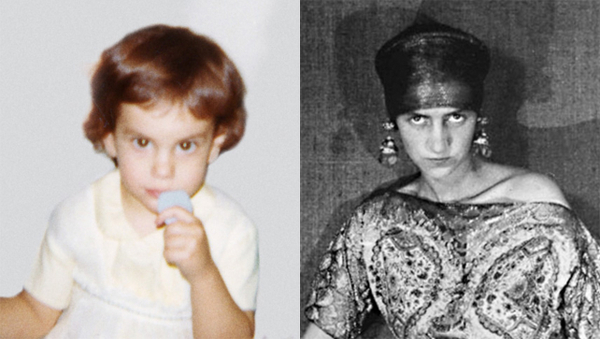
As I delve into these characters’ lives through the archives I love to inhabit, I enter their worlds and start to live and breathe them. In the case of Cecil Beaton, I spent countless hours in the archives at Sotheby’s in London and at his alma mater, St. John’s College in Cambridge. As I read hundreds of letters that were written to Beaton, I began to wish that I was right beside him as a Bright Young Thing, drinking a glass of champagne with Stephen Tennant as they ran around the garden picking flowers to put on their hats. How lucky would I have been to be with Peggy Guggenheim as she walked into Brancusi’s studio at the outset of World War II, while she fought with him over the price of his work Bird in Space, which she finally acquired? It would have been nice to have been a fly on the wall during one of Mrs. Vreeland’s famous dinner parties; I would have liked the guests to have been Cecil Beaton, Greta Garbo, David Bailey (he is always great fun and completely irreverent), Irving Penn (the other side of the photographic world), and Sergei Diaghilev.
Curiously, there always seems to be a moment while I’m researching or shooting a film when I come across a picture in which I notice that my documentary subject seems to look, well, exactly like me. In the case of Cecil Beaton, it is less obvious, but we certainly share the same body type, I had the exact same short hair as him when I was a young girl, and a stance in family portraits where one hip is thrust out in an exaggerated manner. (We both seem to have perfected that stance across time.) With Peggy Guggenheim and Diana Vreeland, there are periods of my life when I have looked exactly like them; I do not know how it happens, but there is something about the expression in the eyes or the attitude of the portrait. I find one becomes so deeply entrenched in the process of making these films that one often becomes dangerously close to the person whose life you have chosen to tell.

Ultimately, I believe it is the storytelling that counts the most. I have chosen subjects that are important and close to my heart and they have informed me as I hope they inform the audiences I share them with. They become my alter ego while I’m making the film and they influence many of my decisions. I am inspired by their accomplishments and hope that some of the things they have done will resonate within me. My choices are guided by what I love in life! At this point, I seem to gravitate in the 20th century, as my preference is very much for subjects from that era. My list is still very long. I know that I will find a way to share a bit of me in every story I choose to tell. I also hope the stories I weave truly represent my subjects’ undiluted visions and gives them the recognition they are due.


